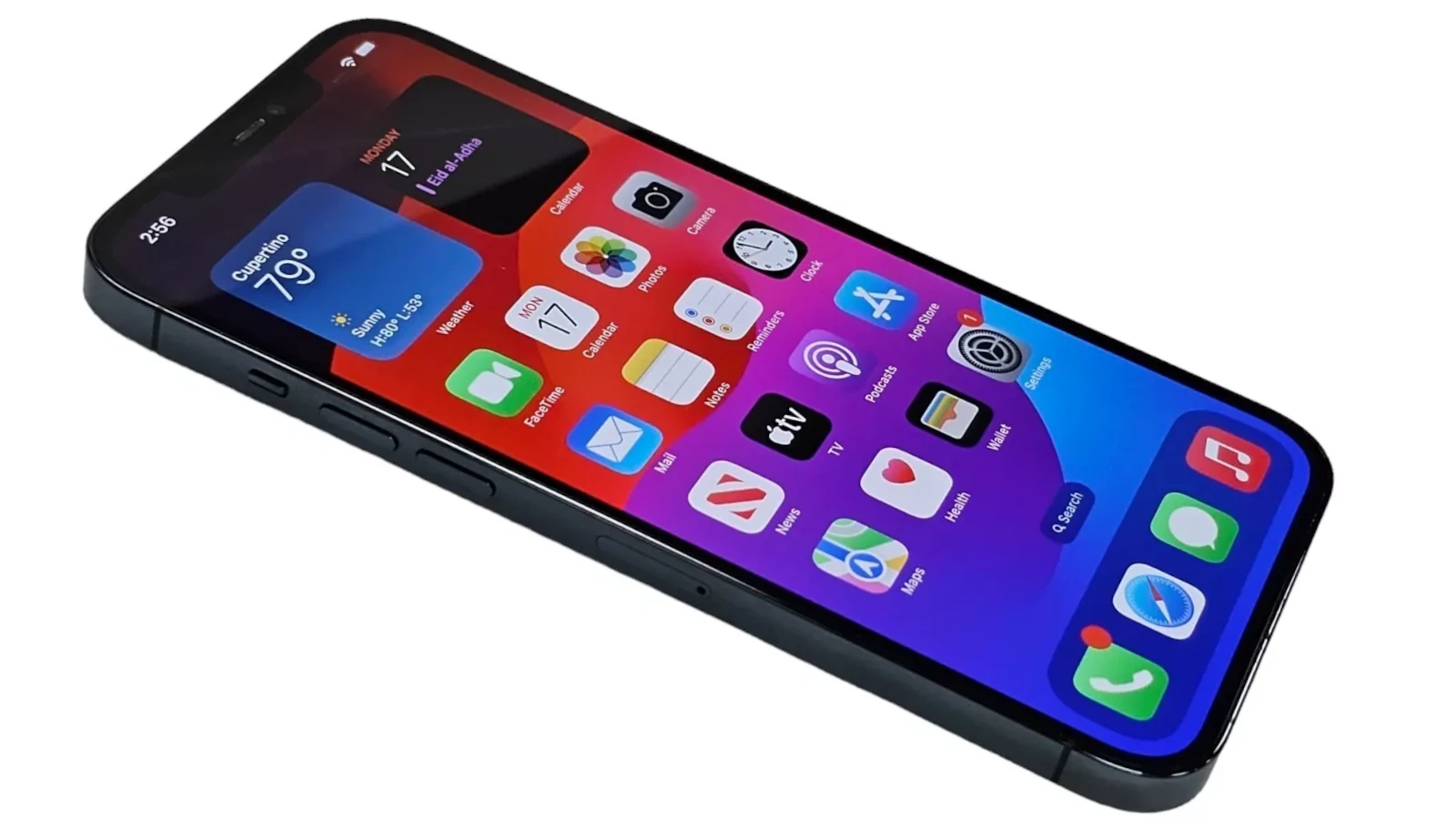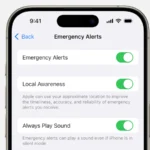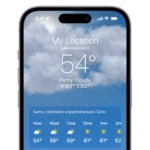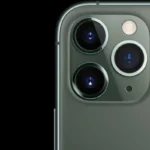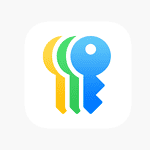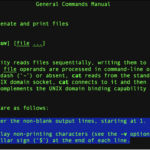As we move deeper into 2025, the iPhone 12 stands at an interesting crossroads — no longer part of Apple’s official lineup, yet still widely used and available. Originally launched in October 2020, the iPhone 12 was the first Apple device to support 5G and helped usher in the MagSafe accessory ecosystem. Fast-forward to today, and it remains a viable mid-range choice, especially for budget-conscious users or those seeking a secondary device.
Here’s a comprehensive look at where the iPhone 12 stands in 2025 — from software support to performance, value, and what you may be giving up by not upgrading.
🔄 Software Support: One Year Left (Maybe Two)
Apple’s update policy typically extends around 5 to 6 years from a device’s initial release. Since the iPhone 12 launched with iOS 14, it has since received iOS 18 and is expected to be compatible with iOS 19 in 2025. However, iOS 20 in 2026 may mark the final major update, especially as Apple begins optimizing its newest software for more modern hardware and AI capabilities.
So, while you’re still covered for now — including security patches and feature updates — the clock is ticking for long-term support. iOS 18 still runs relatively well on the iPhone 12, but some newer features (such as advanced on-device AI processing or richer augmented reality functions) may be absent or limited.
⚙️ Performance & Features: Still Strong for Daily Use
The A14 Bionic chip under the hood may be five years old, but it’s no slouch. In fact, it’s more powerful than many mid-range Android processors released in 2024 and 2025. You’ll be able to handle web browsing, 4K video streaming, casual gaming, and multitasking with ease.
Key features that still hold up:
- 6.1-inch Super Retina XDR OLED display with great color and brightness.
- 5G support, making it future-proof for most mobile networks.
- MagSafe compatibility for snap-on accessories and chargers.
- Dual-camera system with Night Mode, Smart HDR 3, and Deep Fusion.
However, newer iPhones like the iPhone 15 or the upcoming iPhone 17 feature better low-light photography, ProMotion (120Hz displays), and more power-efficient processors — things the iPhone 12 lacks.
🔋 Battery Life & Hardware Maintenance
By now, most original iPhone 12 batteries are seeing noticeable degradation, with many users reporting battery health below 85%. The good news? A battery replacement from Apple or a certified technician can cost around $69 and significantly extend the life of the device.
Replacing the battery not only improves runtime but can also resolve performance throttling — something iOS may activate automatically to prevent sudden shutdowns when a battery ages.
💰 Value & Availability in 2025
While Apple has discontinued direct sales, the iPhone 12 is still widely available in refurbished and secondhand markets. You can expect to find unlocked models in good condition for around $300–$400 — sometimes lower if you’re buying a base 64GB unit.
Compared to other phones in that price range, it offers:
- Longer software support than most Android counterparts.
- Higher resale value.
- Better integration with the Apple ecosystem (AirPods, Apple Watch, iCloud, etc.).
It’s also a top pick among those transitioning from Android, as it’s often available on trade-in promotions or included in affordable phone plans.
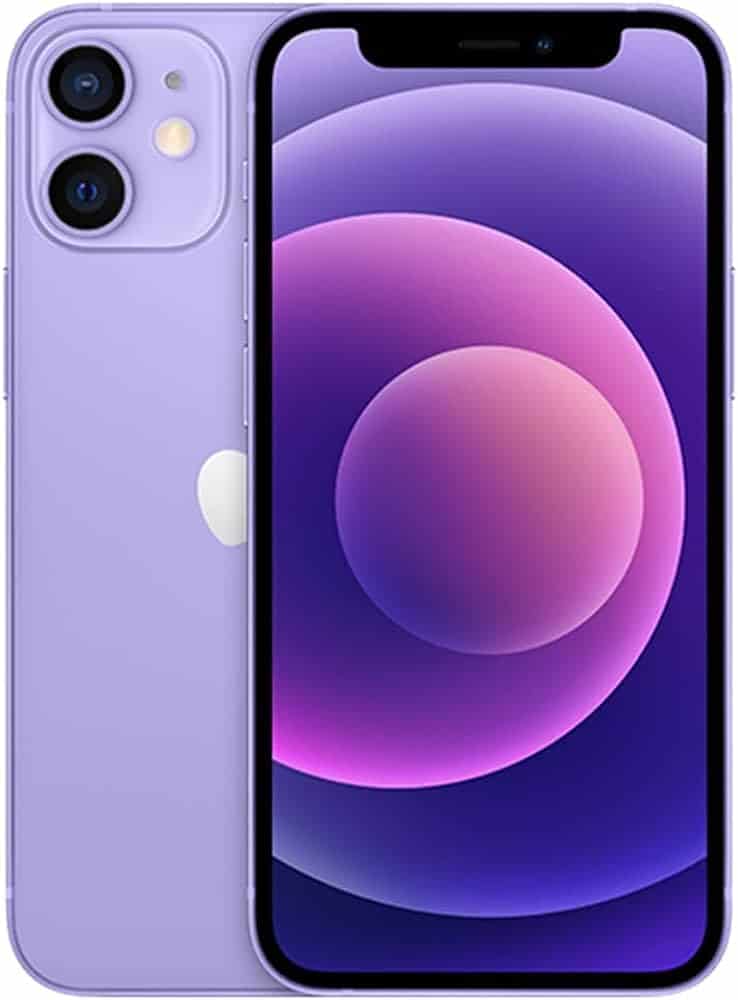
⚠️ Downsides to Consider
- Lightning Port: The iPhone 12 retains Apple’s proprietary Lightning port, while newer models (iPhone 15 and beyond) now feature USB-C, which is more universal and supports faster charging and data transfer.
- Limited Camera Advancements: No ProMotion, no cinematic mode, and no periscope zoom lenses — all standard in newer iPhones.
- No Satellite Connectivity: Newer iPhones include Emergency SOS via satellite, which can be a dealbreaker for frequent travelers or hikers.
✅ Is the iPhone 12 Still Worth Buying in 2025?
If you’re looking for a dependable iPhone that handles the essentials — without spending flagship money — the iPhone 12 remains an excellent option. It’s ideal for teens, casual users, and those who want a secondary device. With one or two years of software support still in the pipeline, it’s not outdated just yet.
However, if you’re investing in a phone you plan to keep for 3+ more years or want access to the latest camera tech, AI features, or USB-C accessories, consider looking at the iPhone 14 or later.
In 2025, the iPhone 12 is no longer cutting-edge — but it’s far from obsolete.
iPhone 12 Overview
Choosing the right iPhone 12 size depends on individual preferences and needs. With four models available, each offers a distinct experience. The iPhone 12 Mini is the most compact, featuring a 5.4-inch screen, ideal for those seeking a phone that is easy to use with one hand. The standard iPhone 12 and iPhone 12 Pro both boast a 6.1-inch display, providing a balance between comfortable handling and ample screen real estate. The largest of the bunch, the iPhone 12 Pro Max, serves those desiring expansive views with its 6.7-inch display, perfect for media consumption and productivity tasks.
Each model’s design is more than just the size of its display. The build materials vary with the Pro models offering a more premium finish with stainless steel edges as opposed to the aluminum frames on the non-Pro models. Display technology is consistent across the range with the Super Retina XDR displays delivering high resolution and color accuracy. When assessing the iPhone 12 family, one should consider how the device feels in hand, the quality of the materials, and the vibrancy of the display for an immersive user experience.
Performance also plays a crucial role in the selection process. All iPhone 12 models are equipped with the powerful A14 Bionic chip, ensuring smooth performance across everyday tasks and demanding applications. Even though the external dimensions are distinct, the internal specifications like chipset, 5G capabilities, and software features provide a uniform experience where the main differences arise from battery life and camera technology, especially between the Pro and non-Pro models.
Key Takeaways
- iPhone 12 series offers four models with sizes suited to various preferences.
- High-quality build and Super Retina XDR displays are consistent across all models.
- Performance remains uniform due to the shared A14 Bionic chip across the range.
iPhone 12: Design and Display Characteristics
The iPhone 12 series showcases sleek design cues with rugged features. It offers vibrant displays on its various models.
Exterior Design and Finishes
The iPhone 12 and iPhone 12 mini both feature a flat-edged design. The edges consist of aluminum, contributing to their sleek appearance and sturdy build. Color choices include black, white, green, blue, and purple. Both models boast the durable Ceramic Shield on the front, enhancing drop protection.
Display Features
The iPhone 12 models come equipped with OLED displays. The iPhone 12 has a 6.1-inch screen, while the iPhone 12 mini’s screen is smaller at 5.4 inches. Both displays support HDR video, Dolby Vision, and can reach a brightness of up to 1200 nits. The resolution for the 6.1-inch display is 2532 x 1170 pixels, and for the 5.4-inch display, it is 2340 x 1080 pixels, ensuring sharp and vivid visuals.
Technical Specifications and Performance
The iPhone 12 lineup showcases a significant leap in performance over its predecessor, particularly in camera technology, connectivity, and storage options. Let’s examine the specifics that set the iPhone 12 models apart.
Camera Systems
The iPhone 12 model features a dual-camera system with both a wide and ultra-wide lens. Night mode and Deep Fusion technology are available on both the 12MP rear cameras, enhancing low-light performance. There’s also a new Smart HDR 3 for more lifelike images. As for video, the iPhone 12 can record HDR video with Dolby Vision, a first for any smartphone.
Hardware and Connectivity
Apple’s A14 Bionic chip powers the iPhone 12 range. This CPU and GPU improve performance and efficiency. The iPhone 12 supports 5G connectivity, offering both mmWave in the US and sub-6GHz bands in other regions. It comes with 4GB of RAM, which allows smooth multitasking and operation.
- Connectivity Details:
- 5G (sub-6 GHz and mmWave)
- LTE
- Wi-Fi 6 (802.11ax)
- Bluetooth 5.0
- NFC with reader mode
- Ultra Wideband chip for spatial awareness
Storage and Pricing Options
Apple offers the iPhone 12 in three storage capacities: 64GB, 128GB, and 256GB. Pricing starts higher than the earlier iPhone 11 but reflects the newer model’s advanced features. The iPhone 12 also introduces wireless charging and MagSafe technology, which provides faster wireless charging up to 15W and introduces a new ecosystem of accessories that easily attach to the phone.
- Price and Storage:
- 64GB – starting price
- 128GB – mid-range price
- 256GB – top price

